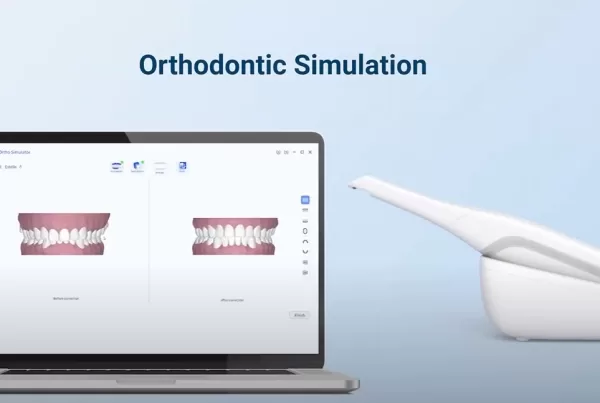
In dentistry, the use of CAD/CAM technology has always been closely linked to the issue of materials. CAD CAM dental procedures are now available for all types of restorative materials, including ceramics, polymers, and metals. With these materials, technicians can fabricate different parts like single copings, crowns and complex full-arch restorations.
Metal
Metals are difficult to machine. Therefore work on metal cutting is more suited to milling centers. In the field of implant prosthetics, metal is mostly used for making base frames.
Polymers
Low stiffness and great flexibility are characteristics of polymers, which allow them to meet relatively high aesthetic criteria. In particular, they are also available with a color gradient (multi-layer). Consequently,the main use is for long-term temporary restorations and trial restorations.
Ceramics
CAD/CAM ceramics are most relevant to restorative dentists.
Glassy phase ceramics are the original chairside CAD/CAM materials for CAD/CAM inlays, crowns, and veneers. When utilized correctly, this material has a high success rate and is the most aesthetically pleasing option. However, the production process requires much attention to the thickness of the margins, the magnitude of the adjustment and the bond to the underlying tooth.
Nano-ceramics combine the strength of ceramics with the resiliency of resins. They cannot be colored in an oven. Although there are resin surface stain kits available,this is still a serious limitation to their use in the anterior region.
Zirconia was originally a substructure material that lacked transparency. More complete methods are now available to color the material and increase its translucency. This allows the production of aesthetically pleasing anterior crowns and bridges. Typically, the more esthetic the zirconia, the weaker it is. But even the weakest materials exceed the strength requirements for anterior bridges. Disadvantage of zirconia is difficulty in chairside adjustment and modification.

